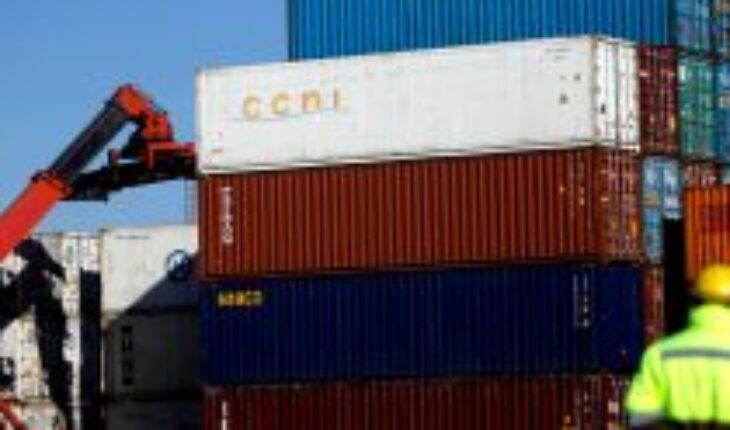There is little public reflection – both in the political and economic spheres – on the data that are periodically collected in the balance of payments, relating to the country’s economic relations with the outside. However, the background shown there is of high importance and transcendence for the rest of the national economy.
Not to make this column too long, let’s focus on what happens in the balance of payments trade account. It collects data on exports and imports of goods made by the country, in a given period.
In the data published by the Central Bank during the second half of October, referring to what happened during the third quarter of 2022, it is established that in that period a trade account deficit was evident that reached the sum of 1,460 million dollars. That means that imports, throughout that quarter, were greater than exports, which is a situation that occurs very occasionally in the Chilean economy, which has not occurred since 2013, and never with the magnitudes reached in this last quarter.
Specifically, in the third quarter of this year, exports of goods reached a total value of 23,394 million dollars and goods were imported for an amount of 24,863 million dollars. The difference is not very large, but the worrying thing is that the amount of exports has been decreasing throughout the year, compared to the previous quarters and also in relation to the same period of the previous year, while imports have been increasing at the same times of time.
If in a group that buys, sells and produces goods, purchases, period by period, are higher than what is sold, a situation is generated that is not sustainable in the medium term, because that difference between income and expenses must be financed in some way. Looking for options regarding how to deal with this situation as far as the country is concerned, the first thing that can be thought of is to increase exports, which depends on eventual increases in production, the corresponding supply in the international market of the largest goods produced and – perhaps the most difficult – to get the rest of the world willing to buy those goods offered. Increasing exports is not, therefore, a mere act of will or policy decision, but a result of the insertion that the country has in the international market, but if exports could be increased, without depleting the domestic market, it would undoubtedly be positive to do so.
The other, more or less obvious, alternative is to restrict purchases, which means fewer goods available to domestic consumers and entrepreneurs, which is a complex decision from a political and economic point of view. If this path of deficit resolution were chosen, the increase in the price of the dollar is a policy decision that can help reduce imports, which would have a series of other internal consequences, especially in terms of inflation.
If exports cannot be increased or imports reduced, this trade account deficit can be covered by external borrowing, which saves the present situation, but the problem is run for later, when it is necessary to repay what is received in loan, plus interest. As of September of this year, the country’s external debt – public and private – reached 226,229 million dollars, equivalent to 84% of GDP.
Savings or reserves available may also be used, which is most likely to reduce the reserves of the Central Bank and/or the funds available to the State. If the deficit to be covered is transitory, this type of policy decision can be resorted to, but if the deficit is seen as long or medium term, it is not possible to resort uninterruptedly to the reduction of reserves, since the reduction of the same leaves the country with less capacity to respond to the variability of the financial markets and goods and services.
Finally, in this brief count, the closing of the balance of payments trade account deficit can be trusted to the external capital flows entering the country, which is a very exogenous and unpredictable variable.
In short, the balance of payments and its trade account have to do with domestic production, with exports and imports, with the external debt, with inflation, with the exchange rate, with the level of international reserves and with the treatment of foreign investment, among other elements, all of which make it necessary for the country to know and discuss the causes and consequences of the deficit that has been generated there.
Follow us on
The content expressed in this opinion column is the sole responsibility of its author, and does not necessarily reflect the editorial line or position of El Mostrador.





